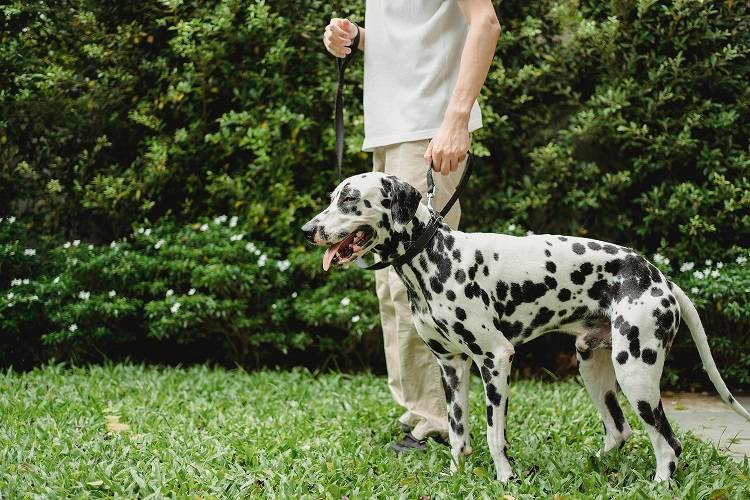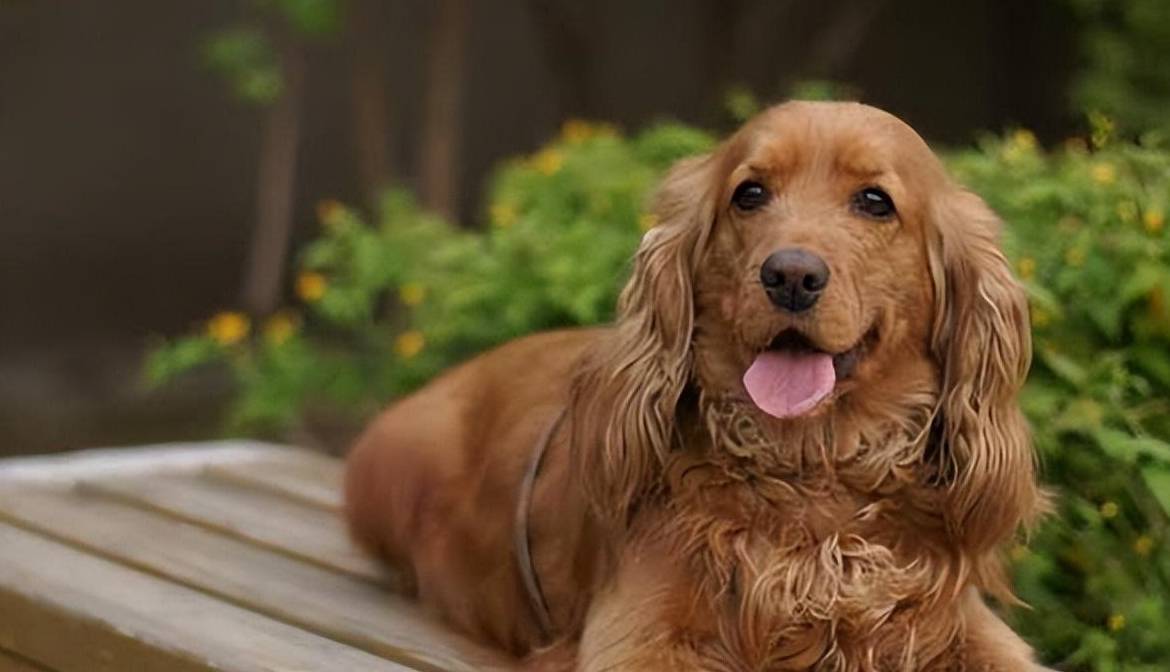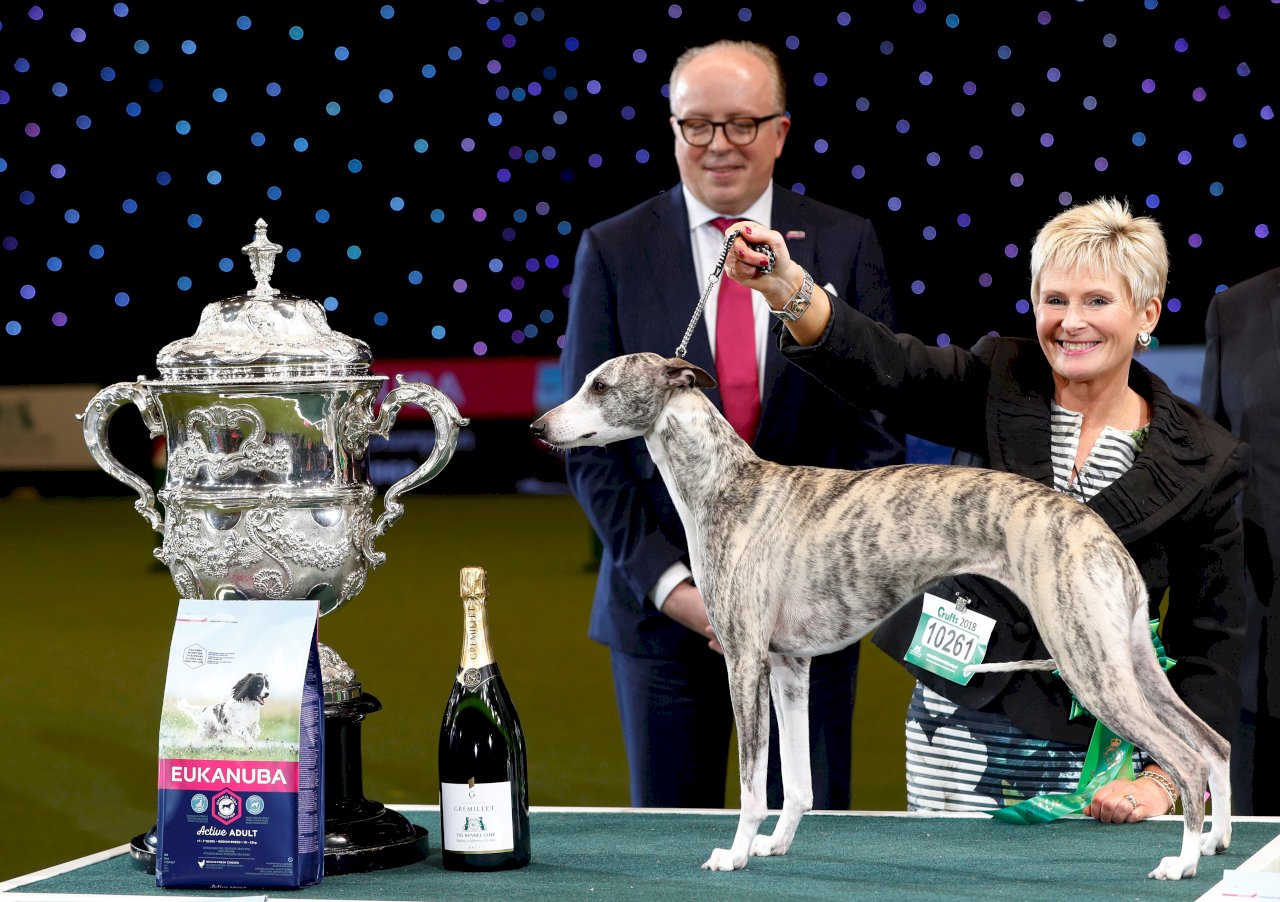Also known as the Boston Dog, the Boston Terrier emerged in the 19th century as a result of bullfighting activities centered around Boston. This breed is characterized by its silky, soft, and short coat, which can come in black with brindle and white markings, or black with white. The head has a distinct square shape with no wrinkles.

- Scientific Classification:
- Kingdom: Animalia
- Phylum: Chordata
- Subphylum: Vertebrata
- Class: Mammalia
- Subclass: Theria
- Order: Carnivora
- Suborder: Caniformia
- Family: Canidae
- Genus: Canis
- Height: 25-40 cm
- Weight: 5-11 kg
3 Morphological Characteristics of Boston Terriers:
The ideal Boston Terrier should have a height between 25-40 cm and weigh between 5-11 kg. Originating in the 1800s in the vicinity of Boston, USA, it was bred from Bulldogs with a robust weight of 23 kg, initially known as American Bull Terrier or Boston Bulldog, showcasing a rich brindle coat.
- Body Type:
- Boston Terrier weight is categorized as: below 15 pounds; 15 to 20 pounds; above 20 pounds but not exceeding 25 pounds. The leg length is proportional to the body length, creating a distinctly square appearance.
- Head:
- The head is square-shaped, flat on top with no wrinkles. Cheeks are flat, and the expression is ideally alert and amiable, reflecting high intelligence.
- General Appearance:
- The tail is set low, short, straight, and carried upwards. Boston Terriers have a slightly short and compact body, sturdy limbs, elegant gait, and an overall well-proportioned physique, giving the impression of decisiveness, strength, and liveliness.
- They are robust dogs, and any appearance of being too slender or rough is considered a defect. Bone structure and muscles must be proportionate to weight and structure. Shortness or excessive stoutness is a flaw, and there’s a slight difference in conformation between genders.
- Coat:
- The coat is short, smooth, and shiny, with brindle and white being the ideal color. Black with white markings is also acceptable. The pattern typically covers the face, forehead, muzzle, neck, chest, and lower parts of the limbs.
4 Temperamental Characteristics of Boston Terriers:
Boston Terriers closely resemble French Bulldogs. Their most distinctive features include a brindle coat or black with white markings and a square head with a flat top. Despite being called terriers, they have lost their aggression and prefer companionship.
- Temperament:
- Boston Terriers are well-behaved, imaginative, understanding, and playful. They are known for their high intelligence and good memory. They make exceptional companion dogs and have remained popular in North America.
- Boston Terriers are typical pets, excellent for shows, companionship, and guarding homes. They are playful, active, especially enjoying walks with people, particularly children. As companion dogs, they are highly favored in the United States.
- Friendliness and Activeness:
- Boston Terriers are friendly and active dogs with excellent temperament and high intelligence. They make unparalleled companion dogs, getting along well with other pets, dogs, children, and are considered outstanding family companions.
5 Care Tips for Boston Terriers:
Boston Terriers are relatively easy to care for compared to other breeds. However, like any growing dog, they may require medical treatment for sudden illnesses. It’s essential to be prepared with common medications, especially in situations where a veterinary clinic is not readily accessible.
6 Feeding Guidelines for Boston Terriers:
Boston Terriers, resembling a miniature bull, have a robust physique, especially highlighted by their lively eyes. Their diet primarily consists of dog food with occasional human food as a supplement.
- Feeding Tips:
- Meat consumption should be 200-250 grams for medium and small-sized dogs and 300-350 grams for larger ones. Meat should be cooked for 15-20 minutes, chopped, mixed with dry food, and fed with warm water.
- Daily food amounts should be proportionate to the dog’s size. Underfeeding may result in a loss of vitality, while overfeeding can lead to obesity, diminishing their charming appeal.
- Feeding should be done at scheduled times and locations, within 15-25 minutes. Uneaten food should be removed to avoid developing bad eating habits.
- Regular walks, avoiding vigorous exercise, especially running, should be incorporated into their routine. Carrying a bottle of purified water during outings is advisable.
- Boiled eggs can be fed two to three times a week, ensuring the yolk is not swallowed in one go and is divided into three to four servings.
The Boston Terrier, often nicknamed the “American Gentleman,” is an affectionate, intelligent, and adaptable breed, making them exceptional companions for families and individuals alike.




